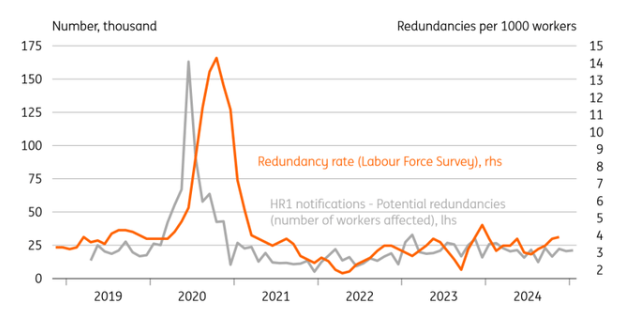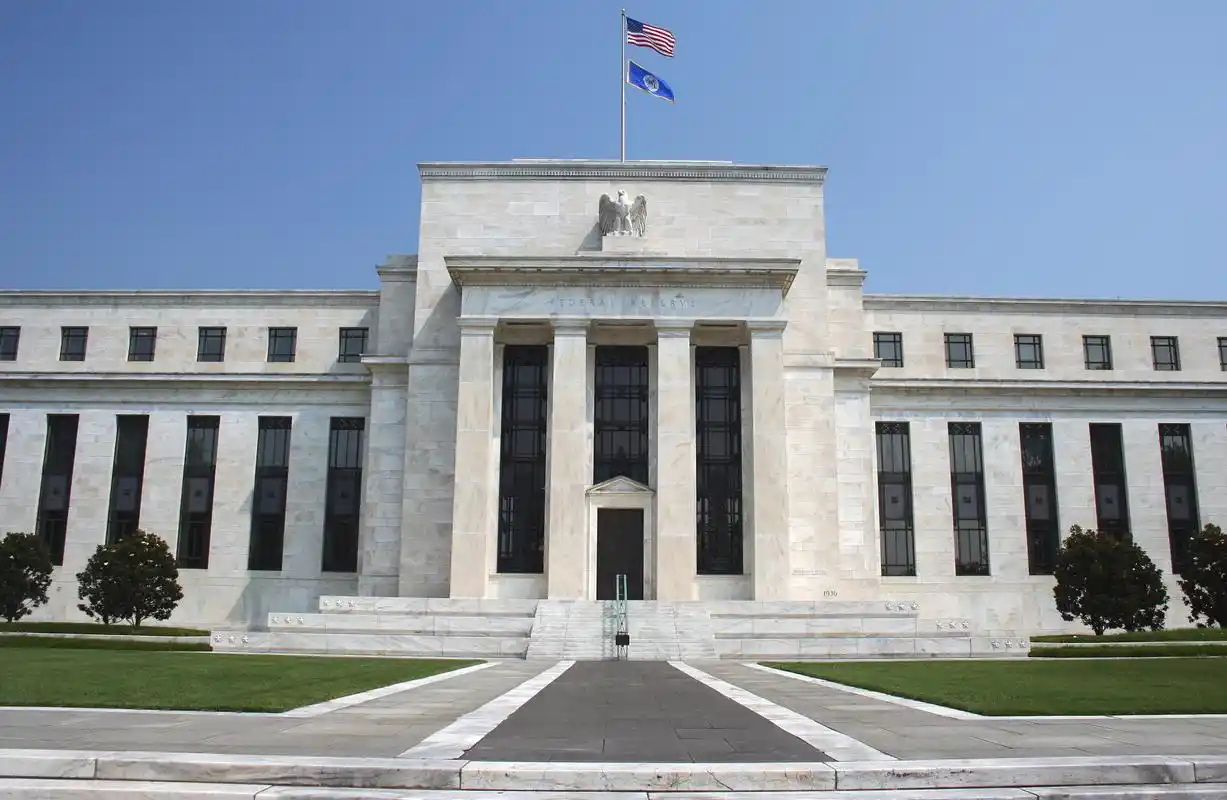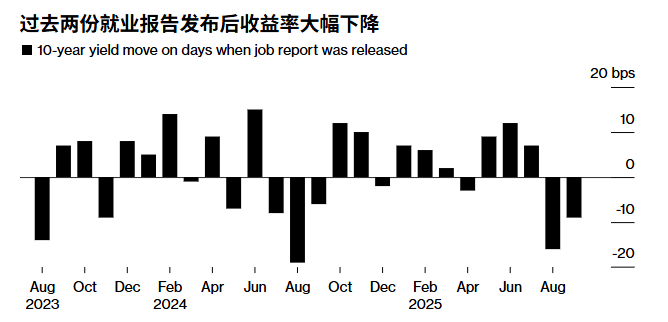The Bank of England is expected to keep interest rates at 4.5% this Thursday. We expect seven officials to vote in favor of this decision, while two dissenters (Swati Dhingra and Catherine Mann) will vote for a rate cut.
The Bank of England is not usually a source of drama. But its February meeting was a bombshell. Catherine Mann, who had been opposing rate cuts for months, voted for a 50 basis point cut, surprising everyone. This raises the question: if this hawk is ready to vote for faster rate cuts, will the rest of the committee follow suit soon?
Despite the excitement, the answer seems to be no. Most of the officials who spoke after that took a more cautious tone. Apart from Mann’s vote, the February meeting had a more hawkish tone. The statement referred to a “cautious approach” to further easing. The new projections suggest that inflation will rise this year despite a sharp increase in market interest rates, which usually dampens growth and price pressures.
The differences boil down to two points. First, Mann is more convinced than her colleagues of the activism of policy-making. She was more hawkish on interest rate hikes and is now more dovish on rate cuts. We agree with this view; the fixed-rate nature of UK lending, especially mortgages, means that policy changes take longer to take effect than before. If you believe that the outlook for growth and inflation is changing, then the initial impact of gradual rate cuts will be far less than before.
This is the second point: Mann does indeed believe that the outlook has undergone a significant shift. In her recent commentary, she mentioned the risk of a “non-linear” decline in employment rates as a response to a substantial increase in employer taxes next month.
Of course, the atmosphere in the job market has deteriorated sharply. One survey after another shows that the willingness to recruit has weakened, while discussions about layoffs have increased. However, so far, this negative sentiment has not been reflected in hard data. Companies must report layoffs to the government through HR1 notifications. So far, there has been no significant improvement in the situation of layoffs.

Our base case is that the Bank of England will cut rates three more times this year. As long as that remains the case, the Bank’s focus will be on inflation. The simple fact is that wage growth is 6%, while services inflation is fluctuating around 5%. This is an uncomfortable position for the Bank of England, even though both figures should fall this year. Given the clear cooling in the job market in recent months, wage growth should gradually decline, regardless of the upcoming tax hikes. By summer, services inflation should be closer to 4%, or even lower, as the annual price increases this spring are more moderate.
However, as of now, little has happened since the February meeting that would cause officials to change their stance. Given the central bank’s established pattern of cutting rates once a quarter, the possibility of a rate cut this week is extremely slim. As for the voting result, we speculate that it will either repeat the February outcome of a 7-2 vote in favor of maintaining the rate unchanged (with Dhingra and Mann dissenting and possibly supporting a 25-basis-point cut), or it will be a 6-3 vote in favor (with Alan Taylor also supporting a cut, as he did in December).

We expect the central bank’s basic course of action to be: it will continue the current gradual interest rate cut path, taking actions in May, August and November respectively. We do not rule out the possibility of accelerating the pace of interest rate cuts, but this would require more obvious and sudden signs of weakness in the job market. We doubt whether the government’s Spring Statement on March 26th (which is widely expected to cut some spending) will significantly change the central bank’s situation.
The market remains reluctant to fully price in the remaining three rate cuts in 2025; by December, 55 basis points of easing have been priced in. Despite the significant reduction in US interest rates in recent weeks, investors do not expect rates to fall further in 2026 or beyond. The market’s pricing floor for the bank rate is 3.9%, while our own forecast floor is 3.25%, and we expect to reach this level by the summer of 2026.


